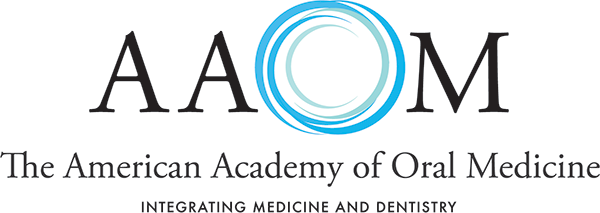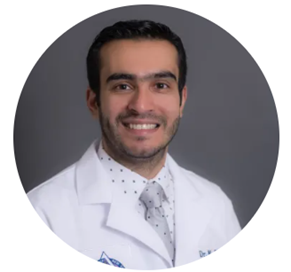|
<< Return to the Summer 2025 Newsletter Bridging the Gap: The Vital Role of Biomedical SciencesUNIVERSITY OF NEW ENGLAND COLLEGE OF DENTAL MEDICINE
Bridging the Gap: The Vital Role of Biomedical Sciences Integration in Dental Education and the Pivotal Contribution of Oral Medicine Specialists In the ever-evolving landscape of dental education, the integration of biomedical sciences with clinical practice is not merely a curricular enhancement; it is an educational imperative. As dental schools strive to prepare students for the complexities of modern healthcare, bridging the gap between foundational scientific knowledge and clinical application is critical to producing competent, reflective, and patient-centered practitioners. The biomedical sciences, encompassing anatomy, physiology, pathology, microbiology, pharmacology, and immunology, form the backbone of informed clinical decision-making. A strong grasp of these disciplines enables students to understand the pathophysiology of oral diseases, recognize systemic conditions with oral manifestations, and tailor treatment plans to meet the needs of medically complex patients. However, without purposeful integration into clinical training, this knowledge risks becoming compartmentalized and disconnected from real-world practice. Oral medicine specialists play a central role in facilitating this integration. Uniquely positioned at the crossroads of dentistry and medicine, they bridge disciplines by managing patients with complex medical conditions, mucosal diseases, orofacial pain, and systemic disorders with oral manifestations. Their expertise and holistic perspective provide a living model of how biomedical science informs every aspect of diagnosis, treatment, and interprofessional collaboration. In dental education, oral medicine specialists can contribute significantly by:
Schools that invest in integrating biomedical and clinical sciences, particularly through the leadership of oral medicine faculty, equip students with the cognitive agility required for the modern practice of dentistry. These students are better prepared to care for an aging population with complex medical histories, to detect systemic diseases presenting orally, and to collaborate effectively in interdisciplinary care environments. Ultimately, the integration of biomedical science with clinical training, championed by oral medicine specialists, advances the mission of dental education. |

 Mohamed ElSalhy, B.D.M., Ph.D., M.Sc., M.P.H.
Mohamed ElSalhy, B.D.M., Ph.D., M.Sc., M.P.H.